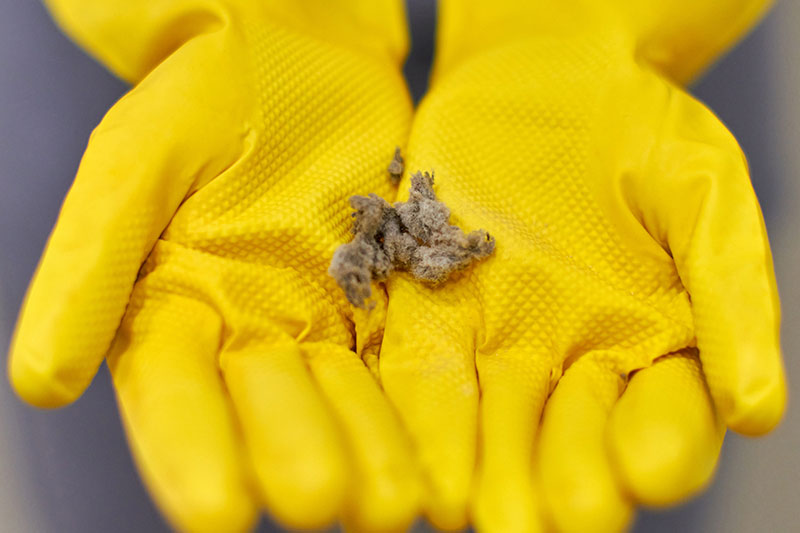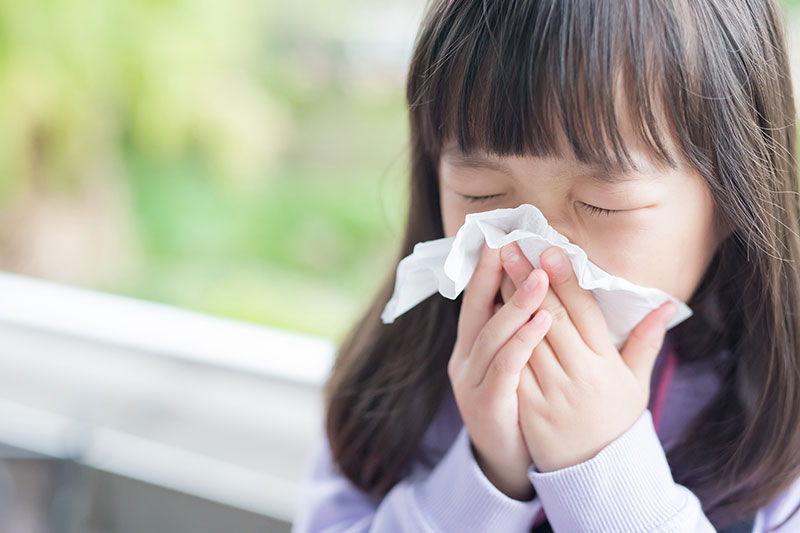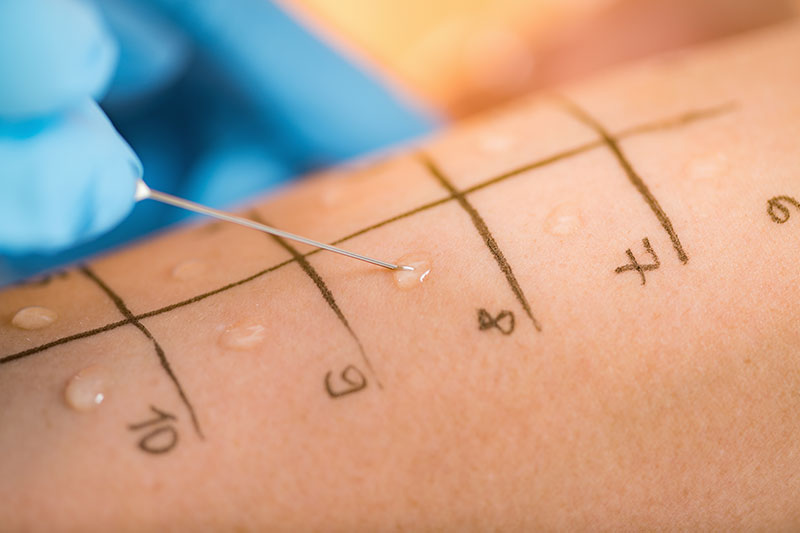Allergy Testing
That stuffy nose every morning is nothing to sniff at – you could be struggling with rhinitis. Here’s how to deal.
Allergic rhinitis affects 13% of people in Singapore, especially in school-going children. It happens when particles (or allergens) in the air that you breathe in causes an allergic reaction in your immune system. These reactions can range from sudden and repeated sneezing, to a runny or stuffy nose, to itchy and watery eyes.
There are 2 types of allergic rhinitis. Perennial allergic rhinitis, which occurs throughout the year, is triggered by indoor allergens such as dust mites, mould, and pet dander. Seasonal allergic rhinitis, meanwhile, is triggered by outdoor allergens such as pollen.

Air conditioning can exacerbate allergic rhinitis
Besides recirculating air indoors – allergens such as pollen and dust mites may settle on furniture such as carpets and bed linen – to trigger symptoms of allergic rhinitis, air conditioning can dry out nasal passages and leave us more prone to irritation and infection.
Allergic rhinitis, which is genetic, can increase risk of ailments such as asthma, sinusitis, and nasal polyps.
How allergic rhinitis happens
Your nose produces mucous – this is a thin, clear fluid that traps dust, debris and allergens and prevents them from entering your lungs to cause respiratory problems.
When an allergic reaction occurs, your nose produces more mucous, which becomes thick and yellow. It now begins to flow from both the front and the back of your nose. This can irritate the back of your throat and cause you to start coughing.

See an ENT, like, right now
Get professional medical help; don’t struggle with the following by yourself:
- Wheezing or shortness of breath
- Persistent fever of 37.5 deg C or higher
- Infection in the ear or sinus, such as pain or a greenish discharge
- Worsening of symptoms despite continued usage of steroid nasal sprays or self-care
- Severe or prolonged symptoms that affect your quality of life
What happens during a skin prick test?
People of any age – even infants as young as 6 months – can do a skin prick test. It is often used because it is safe and rarely triggers severe allergic reactions. Skin prick tests can assess airborne and food allergies, and check reactions to up to 50 different substances simultaneously.
A needle is used to prick and puncture the skin on the forearm, or upper back for children. Drops of an allergen are then placed near each puncture; an allergic reaction such as swelling or itching usually takes 15 minutes to show. After these allergic reactions are recorded, your skin will be cleaned.
If the skin prick test returns negative or inconclusive, your doctor may order other tests. Example include:
- Intradermal skin test
- Patch test
- Blood test
- Challenge test

You have an allergy. Now what?
Your ENT specialist may discuss available options to manage or treat the allergy. These usually include:
- Avoid exposure to allergens
- Antihistamines
- Nasal sprays
- Decongestants
- Medications
- Allergy jabs
- Surgery
